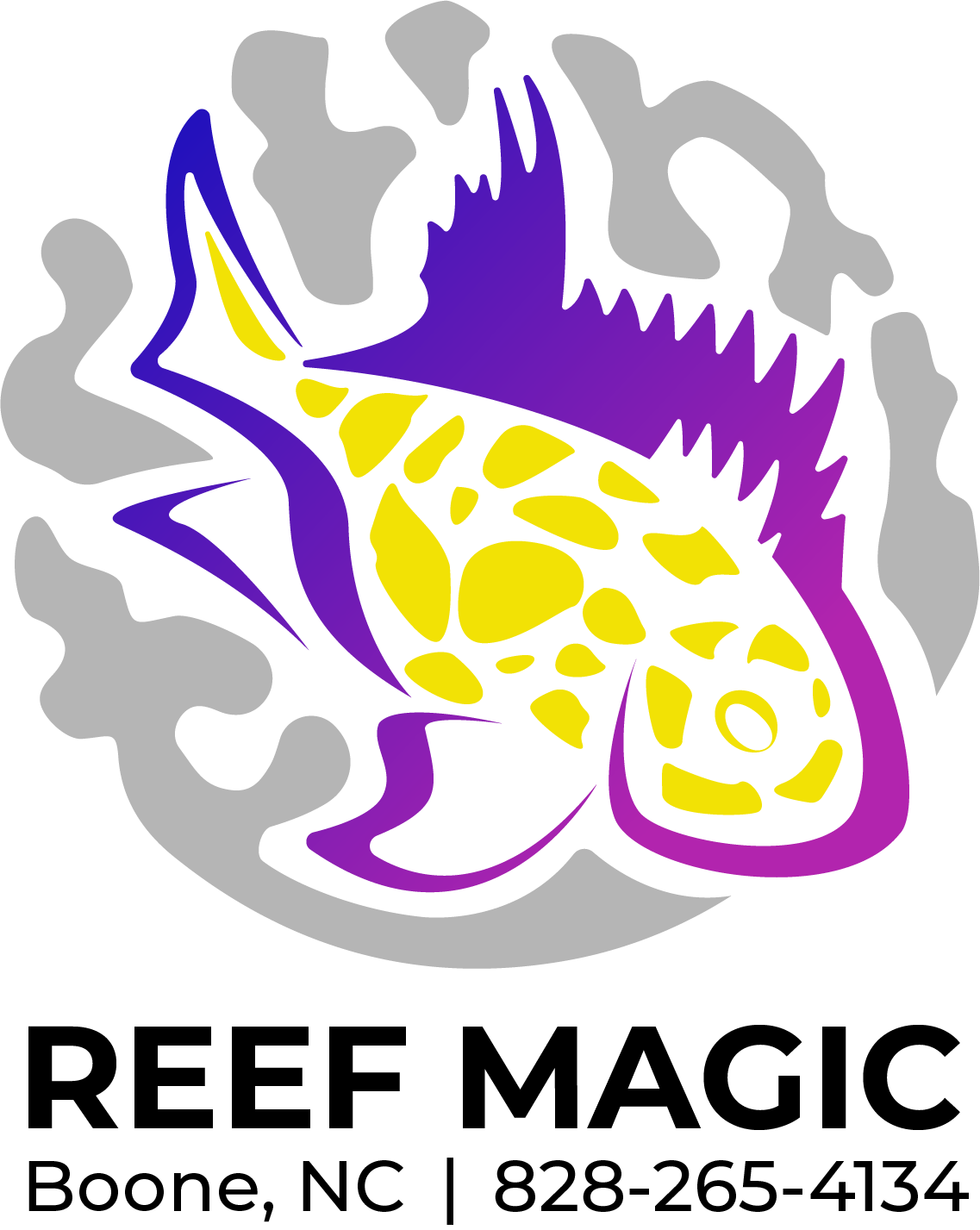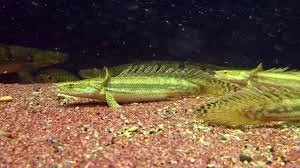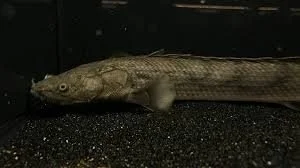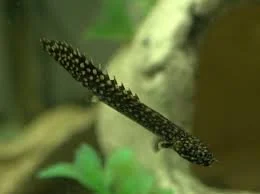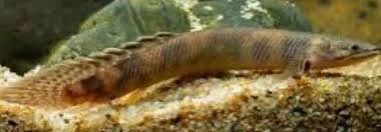 Image 1 of 1
Image 1 of 1


Bichir- Mokelembembe 3.5-4.5 in
The Mokele-Mbembe Bichir (Polypteruscap 𝑚𝑜𝑘𝑒𝑙𝑒𝑚𝑏𝑒𝑚𝑏e) is a freshwater fish with a long, snake-like body, dark greenish-brown coloration with blotches, and a cream-colored underside. It has 6–8 dorsal finlets, a dark stripe under its eye, and a large dark spot at the base of its pectoral fins. It is the smallest extant bichir, reaching a maximum of about 14 inches, and can be distinguished by the male's larger anal fin.
Physical description
Body: Elongated and snake-like, covered in thick, diamond-shaped ganoid scales.
Coloration: Typically yellowish-brown to olive green with dark blotches on the dorsal side and a lighter, cream-colored underside. Color can vary depending on the substrate, becoming vibrant green on dark sand.
Fins: Features 6–8 dorsal finlets, a large dark spot on the base of the pectoral fins, and distinct barring on the pectoral and caudal fins.
Head: Has a continuous dark suborbital stripe along the cheeks and lips, and dark nares (nostrils).Size: Reaches a maximum adult length of about 14 inches (36 cm), making it the smallest of the bichirs.Distinguishing trait: The anal fin shape differs between sexes, with the male's being more than twice as large as the female's.
Habitat and behavior
Origin: Native to the Congo River Basin in Central Africa.
Habitat: Inhabits densely vegetated blackwater streams and swamps.
Behavior: Like other bichirs, it is an amphibious fish and requires a tightly-covered aquarium to prevent it from jumping out.
The Mokele-Mbembe Bichir (Polypteruscap 𝑚𝑜𝑘𝑒𝑙𝑒𝑚𝑏𝑒𝑚𝑏e) is a freshwater fish with a long, snake-like body, dark greenish-brown coloration with blotches, and a cream-colored underside. It has 6–8 dorsal finlets, a dark stripe under its eye, and a large dark spot at the base of its pectoral fins. It is the smallest extant bichir, reaching a maximum of about 14 inches, and can be distinguished by the male's larger anal fin.
Physical description
Body: Elongated and snake-like, covered in thick, diamond-shaped ganoid scales.
Coloration: Typically yellowish-brown to olive green with dark blotches on the dorsal side and a lighter, cream-colored underside. Color can vary depending on the substrate, becoming vibrant green on dark sand.
Fins: Features 6–8 dorsal finlets, a large dark spot on the base of the pectoral fins, and distinct barring on the pectoral and caudal fins.
Head: Has a continuous dark suborbital stripe along the cheeks and lips, and dark nares (nostrils).Size: Reaches a maximum adult length of about 14 inches (36 cm), making it the smallest of the bichirs.Distinguishing trait: The anal fin shape differs between sexes, with the male's being more than twice as large as the female's.
Habitat and behavior
Origin: Native to the Congo River Basin in Central Africa.
Habitat: Inhabits densely vegetated blackwater streams and swamps.
Behavior: Like other bichirs, it is an amphibious fish and requires a tightly-covered aquarium to prevent it from jumping out.

